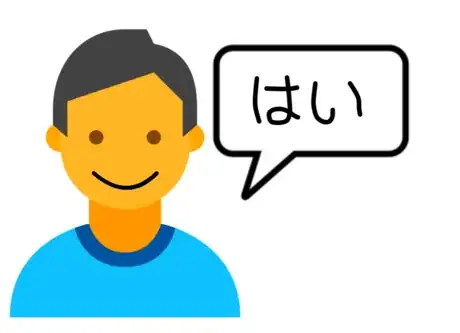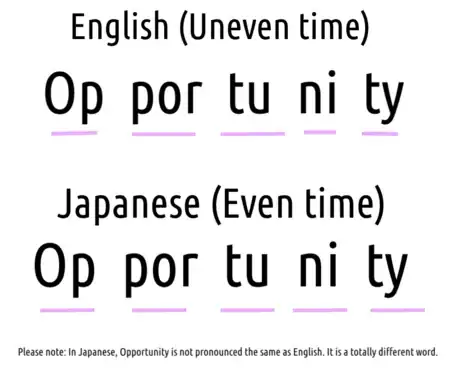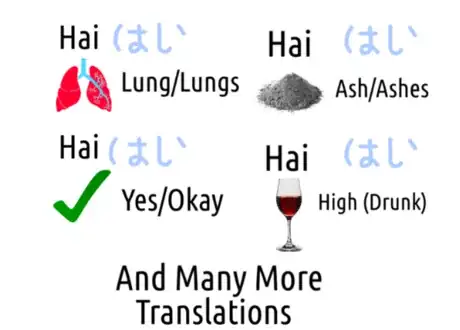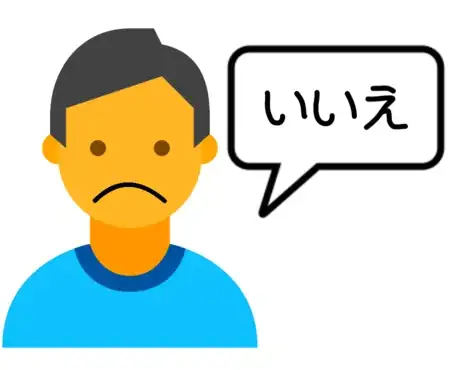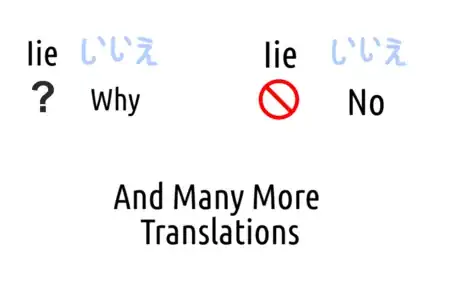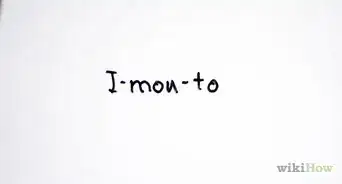wikiHow is a “wiki,” similar to Wikipedia, which means that many of our articles are co-written by multiple authors. To create this article, 9 people, some anonymous, worked to edit and improve it over time.
This article has been viewed 24,212 times.
Learn more...
Are you visiting Japan or want to learn a new skill? If so, consider learning the basics of Japanese. This wikiHow will teach you how to respond to questions with basic positive or negative responses. You can use a formal "yes", a casual and polite "yeah", a slightly rude "no", or a declining "no thanks".
Steps
Saying Yes
-
1Pronounce the Japanese for "yes" like "hai", or "hi" (はい). The sound "ai" is like the I sound in "Price", "Time", and "File". So, the pronunciation of "yes" is "hai".
- In Japanese, each character makes a syllable sound and each syllable is pronounced the same length, unlike English. For example, "Op-por-tu-ni-ty" stretched the "tu" sound by just a little bit, while in Japanese "Op-por-tu-ni-ty" would have each syllable pronounced for the same amount of time.
-
2Don't confuse it with similar words. In Japanese, totally different words could be pronounced the same. It's about context.
- For example, "hai" could mean "lung", and "hai" could mean "yes". But, if someone were to ask "Do you understand?" in Japanese, they would know you meant yes, and you weren't naming a part of the body. However, if someone were to ask "What body part allows oxygen to flow into the body?" in Japanese, they would know you meant lungs, and you weren't agreeing to the question.
Advertisement -
3Use "ee" (ええ) as a slightly less formal "yes". This is pronounced as a slightly elongated "eh". This is a slightly less formal way of saying "yes", though it's not considered colloquial or completely informal. For example, you could say it to a friend or younger person, but not to a stranger or your boss.
-
4Say "un" (うん) for a more casual "yeah". The word うん, pronounced "oo-n", is a more colloquial way of saying yes, and is fairly similar to saying "yep" or "yeah" in English. Because of how casual it is, うん is more for use when chatting casually with friends; it should not be used when talking to a stranger or a higher-up, like a teacher.
- Don't confuse うん with ううん - うん means "yes", whereas ううん (oo-oon) means "no"!
-
5Respond with "sou desu" (そうです) to confirm what someone said. Pronounced as "soh dess", そうです is often used as "yes, that's so" or "that's correct" in response to questions. For example, if someone asks you "学生ですか?" (Are you a student?), and you are, you could affirm that with "そうです".
- To be a bit more polite, add はい to the start of the response: はい、そうです (hi, soh dess).
- In more casual contexts, you can drop the です and just use そう (soh).
- そうですか (soh dess kah) is a question phrase that's similar to "Is that so?" in English. The more casual version is そうか (soh ka).
Saying No
-
1Pronounce "no" like "iie" or "ee-eh" (いいえ). The sound "iie" is a sound distinct to Japanese. It starts with the "ee" sound in "Seed", "Deep", and "Sweet", and ends in the "eh" sound in "Enjoy", "Success", and "Egg". So, the pronunciation of "no" is "iie".
- Don't mix up いいえ with いえ - the word いえ means "house". いいえ elongates the "ee" sound, whereas いえ makes it fairly brief.
-
2Don't confuse it with similar words. In Japanese, totally different words could be pronounced the same. It's about context.
- For example, "iie" could mean "why", and "iie" could mean "no". But, if someone were to ask "Do you know?" in Japanese, they would know you meant no, and you weren't asking you the same question. However, if someone were to ask "What's your password?" in Japanese, they would know you meant why, and you weren't disagreeing to the question.
- In Japanese, adding "Ka" to the end of a sentence makes it a question, not a statement. This makes it easier to distinguish "No" and "Why".
-
3Use "iya" (いや) for a less-polite "no". Similar to ええ, the word いや (ee-yah) is a slightly less formal way of saying "no". You might use it when talking with a friend or friendly acquaintance, but not your doctor or a stranger.
-
4Say "uun" (ううん) to colloquially say "nope". ううん (oo-oon) is much like うん in that it's more casual, so you would only use it when chatting with friends. Don't use it when having a more formal conversation, like with a stranger or policeman.
- Be sure to elongate the oo sound, or else it might sound like you're saying うん, which means "yep".
-
5Respond with "chotto" (ちょっと) to politely turn something down. In Japanese culture, it's not seen as polite to directly reject something with いいえ or いや. However, if you say ちょっと (chyo-toh) and then trail off a bit, you're basically saying, "Sorry, but that's a little inconvenient" or "Sorry, but...". They'll understand you're turning them down.
- For example, if someone asks if you want to go to see a movie with them, you could respond with "ちょっと..." to turn them down.
About This Article
To say "yes" in Japanese, say "hai," pronounced like "hi." If you want to say "yes" in a casual setting, you can also say "un," which is pronounced like "oo-n." To say "no" in Japanese, say "iie," pronounced like "ee-eh." Alternatively, you can say "uun," which is pronounced like "oo-oon," if you're in a casual setting. To learn how to agree with someone or turn down an offer in Japanese, keep reading!
